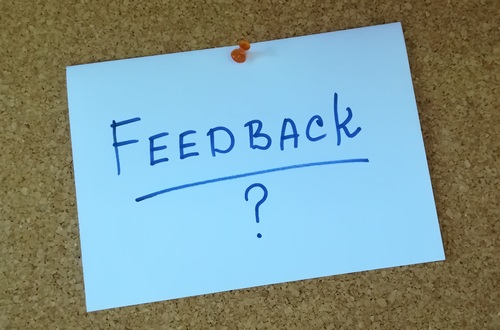Chapter 2 – Communication is the key
Components of Effective communication

The best way to avoid misunderstandings with parents is to have ongoing, clear lines of communication from the beginning. The more you keep them informed about kindergarten’s activities and include them in everyday events, the more they'll feel like a part of the team. The clear communication makes parents more supportive, understanding, and less negative.
The continuous line of communication with the parents is crucial and the factors that develop effective partnership are:
- commitment to work together;
- parent involvement;
- shared responsibility for child’s education;
- mutual trust and respect;
- understanding everyone’s perspective.
Carol says: (November 2, 2010 at 4:25 pm)
An effective partnership looks like this. Teacher calls home to discuss grade/behavior and the parent demonstrates that they have knowledge of the area the student is struggling or succeeding in because they have been communicating with their child. Together we discuss a way for supporting the student.
Parent calls teacher to discuss student’s difficulty with homework/behavior and ask how they can help their student. Teacher shares what they have been doing in class and shows the teacher has noticed the struggles. Together we discuss a way for supporting the student.
Reality is that neither the parent nor the teacher seems to have time for the kind of in depth view this requires. We all wish we did. As a high school teacher I had 30 to 35 kids in each class period giving me about 180 students every semester, 360 every year. Even One minute on the phone or in email for each student is 3 hours of work. Every day I had grading, lesson planning, remediation planning, and tests to write so beyond the school day I already had 2 to 3 hours of work to do. Contacting parents by phone occurred when I really had to do it, but I did try to leave detailed comments on the computer grading system, and I sent notes home with students (especially for success stories). In hundreds of contacts over 19 years, I can think of 1 that met my ideal. Still its good to have the ideal to strive for.”
HOMEROOM-the official blog of the U.S. Department of education
Unit 2 in Module 5 discussed some specific examples of ways school staff can connect with parents through events and innovative ways to develop a dialogue with parents.
Barriers and bridges to communication
The cultural, linguistic and ethnic diversity is growing in Europe and the kindergartens are facing many challenges to improve diversity and inclusion. Also children with disability need assistance with communication, self-care and mobility. One of the key factors in effective diversity practice is to avoid stereotyping children and families based on their gender, race, culture or other attributes. Creating an inclusive community will improve the partnership between all administration, teachers and parents.
Barrier: Too busy
Bridge: Take the Time
Parents and school principals usually report lack of time as the most important communication barrier. However, studies reveal that lack of planning towards establishing cooperation and lack of developing a mutual understanding are the most important communication barriers. In addition to that, some sort of feelings related to previous negative experiences, religious and cultural differences, transportation problems, and the incompetency and inefficiency of school members may affect school-parent relations negatively. Different forms of communications, in person, on line, in writing and in multiple languages must be utilized.
Barrier: Different levels of expectations
Bridge: Meeting expectations and driving results
Often teachers and parents have different expectations for each other as well as for the children. Children success in kindergarten is facilitated when parents and teachers clearly define and discuss the expectations for children performance and emphasize children’s effort when completing tasks and ensure they understand the consequences for not meeting expectations. Academic achievement is positively correlated with realistic, high parent and teacher expectations for children’s performance.
Barrier: An Inappropriate Atmosphere
Bridge: Create a Good Atmosphere
Teachers also must admit honestly about their own cultural competency and commitment to work with the diversity of children. A positive learning environment is essential for children to learn and develop. It must be rich in play, experience, exploring, and make children feel important and communicative. This environment makes parents feel welcome, involved and empowered.
Barrier: Cultural differences
Bridge: Meet cultural differences with respect and action
Cultural differences can create communication barriers if the teachers reflect their own cultural perspectives while interacting with the parents from a different language and culture. To deal with this potential miscommunication, teachers should begin a quest for knowledge to help them understand their students’ parents’ language and cultural differences. Along with gaining knowledge of cultural features, trying to understand cultural differences and values seems to be important from the aspect of dealing with communication barriers.
Other learning tools:
- Ideas for partnership between parents and school (in Bulgarian)
- Presentation “Working with parents” (in Bulgarian)
- Kid’s Corner
- Teacher’s Corner



